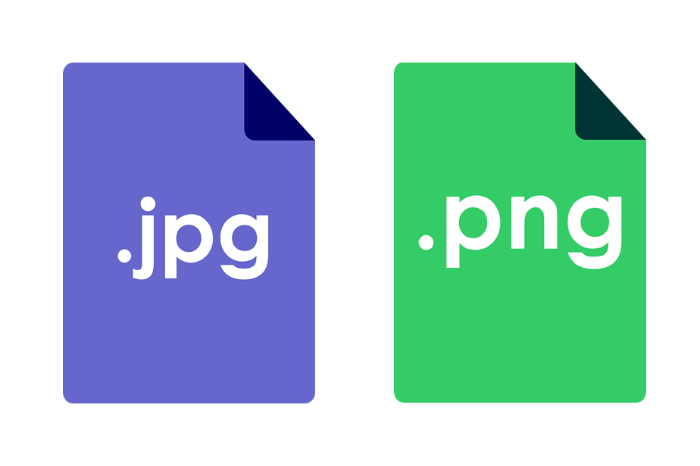Working with Images in Python: PNG and JPG Files
November 12, 2023

Python stands as a leading language in image processing tasks. This guide covers the essentials of working with PNG and JPG images using Python, with a focus on the OpenCV library.
Understanding Image Formats: PNG vs JPG
PNG is known for its lossless compression and is ideal for detailed images with transparency. JPG, on the other hand, uses lossy compression, making it suitable for photographic images where file size is a concern.
Setting Up Your Python Environment
To start, install the necessary libraries, numpy and opencv-python, using pip. Numpy is essential for handling array operations in image processing.
Reading and Writing Images
OpenCV simplifies reading and writing images. Here's how you can read and write images in different formats:
# Reading a PNG image
image_png = cv2.imread('path/to/pngfile.png', cv2.IMREAD_UNCHANGED)
# Reading a JPG image
image_jpg = cv2.imread('path/to/jpgfile.jpg', cv2.IMREAD_COLOR)
# Writing a PNG image
cv2.imwrite('path/to/newfile.png', image_png)
# Writing a JPG image with quality setting
cv2.imwrite('path/to/newfile.jpg', image_jpg, [int(cv2.IMWRITE_JPEG_QUALITY), 90])
Basic Image Processing Techniques
Techniques such as resizing and color space conversion can be easily implemented with OpenCV. Here are some examples:
# Resizing an image
resized_image = cv2.resize(image_png, (new_width, new_height))
# Converting an image to grayscale
gray_image = cv2.cvtColor(image_jpg, cv2.COLOR_BGR2GRAY)
Advanced Image Processing Techniques
OpenCV offers a range of advanced image processing techniques. Here are a few examples:
# Edge Detection
edges = cv2.Canny(image_jpg, threshold1, threshold2)
# Blurring an image
blurred_image = cv2.GaussianBlur(image_jpg, (kernel_size, kernel_size), 0)
# Image Thresholding
_, thresh_image = cv2.threshold(gray_image, thresh_val, max_val, cv2.THRESH_BINARY)
Handling Transparency in PNG Images
OpenCV can handle the transparency in PNG images by splitting the image into its color and alpha channels, allowing for more complex operations.
Performance Considerations
When dealing with high-resolution images or intensive operations, it is important to manage memory usage and processing time efficiently.
Practical Applications
Python's image processing capabilities find applications in fields ranging from facial recognition to data visualization.
Further Reading and Resources
For more in-depth exploration, refer to OpenCV Documentation, Python Imaging Library (PIL) resources, and various online courses and tutorials (such as this one on converting PDFs to PNG files)